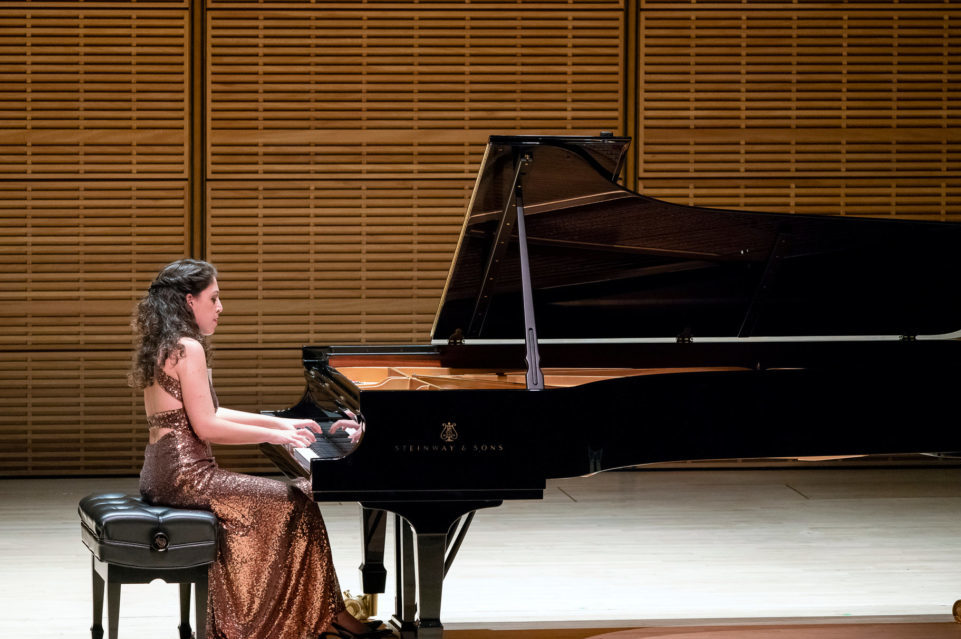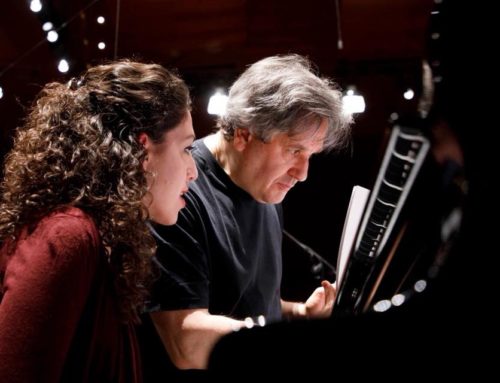Review: Beatrice Rana, a Young Pianist, Holds Carnegie Rapt
By Anthony Tommasini
The New York Times
March 13, 2019
Chopin’s études for piano — 24 works, in two volumes — are study pieces written to develop specific aspects of technique. If you can play them comfortably, you can probably play anything written for the piano.
He tried to make these études imaginative, as well, and the best performances convey their musical riches. In that regard, Beatrice Rana set a new standard for me in her New York recital debut on Tuesday at Zankel Hall. Playing the 12 études of Book Two (Op. 25), she didn’t just surmount the technical challenges; she made the pieces sound as poetic and colorful as anything Chopin ever wrote.
Though Ms. Rana is just 26, this debut was still overdue. She has appeared for years at major halls and with leading orchestras in Europe, and has made acclaimed recordings on the Warner Classics label. In June, she will appear in Carnegie’s main hall as the soloist with the Philadelphia Orchestra in Prokofiev’s Third Piano Concerto, one of her signature works.
From the opening moments of the first étude, in A flat, Ms. Rana had the audience rapt. The piece explores rippling arpeggio chords in both hands, through which a soft-spoken melodic line is heard, traced by the top note in the right hand. Ms. Rana made these awkward figurations come across delicately; the melodic line had the grace of the bel canto opera arias Chopin adored.
Ms. Rana boldly used rubato, the stretching of the line to lend it breadth and expressivity. This can easily be overdone and result in affected, distorted music-making. I tend to prefer Chopin played with a little less rubato than Ms. Rana opted for. But her phrasing was so sensitive to the shape of the line and shifts of harmony that she won me over, as she did with her use of the sustaining pedal to create milky textures.
Her playing was refined and soft-spoken in its brilliance throughout. But in the Étude in A minor (“Winter Wind”), Ms. Rana showed her demonic side. As a stern theme is played in the left hand, the right hand has descending and ascending cascades of tangled passagework. Ms. Rana’s fearless playing was an exhilarating rush of speed and color.
After intermission she turned to Ravel’s piercingly poetic and very difficult “Miroirs” suite, playing with lushness one moment and striking crispness and clarity the next. She ended with Guido Agosti’s 1928 arrangement of the final three sections from Stravinsky’s “The Firebird.” The Infernal Dance sounded nearly unplayable. But Ms. Rana proved that it could indeed be conquered.
For the full article, The New York Times.





